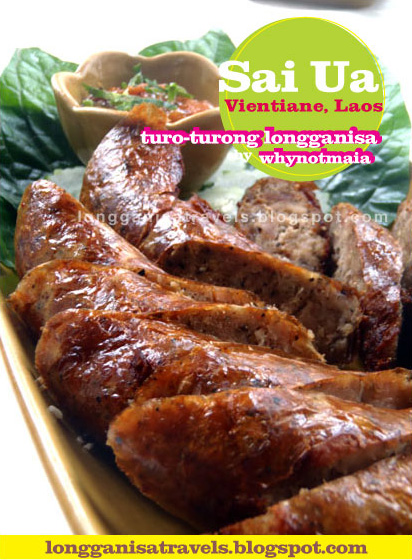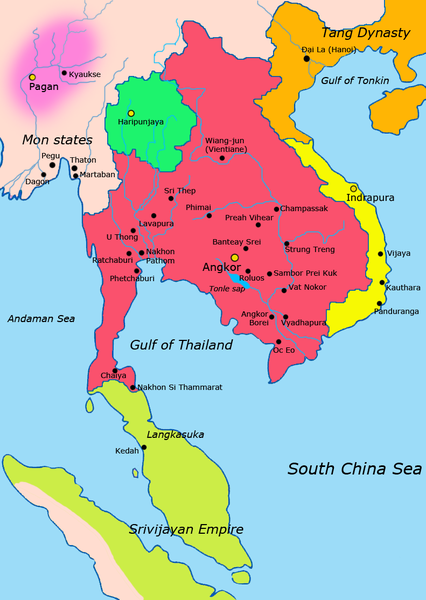While the difference between the has been discussed and contested by some, here are insights lifted from www.asturianus.org's longaniza thread:
So based on Ken's definition, simply put, longganisa is longer than chorizo. Cebu's round-like longganisa would qualify as chorizo, while Laoag's long tube of grounded meat would be longganisa.
Do you have insights on the difference between the two? Share it here!
In my family, the difference between longaniza and chorizo was always that the first was made as one continuous link and the second as individual links of about about 5 or 6 inches each.I would treat the longaniza as chorizos. I you want the smokey flaor and can't actually smoke it, you could always pour a little smoke flavoring over it an hour or two before cooking. I have done this with commercially available Portuguese linguica with fairly good results. It's not the same as home-made Asturian style chorizos, but it's certainly a move in the right direction.
- Bob
From http://www.asturianus.org/forum/viewtopic.php?t=227
Longaniza was a favorite sausage of the Spanish people of Spelter. Several families had small out buildings in their yards to "age" their Longaniza. I don't remember anyone eating chorizo, and if they did they probably called it Longaniza. Longaniza that I remember as a kid in the 1950's was in lengths of about 12 inches, or longer.I remember our neighbor Lourdes Lorenzo Menendez (Sergio Menendez' wife) making Longaniza, and storing in her outbuilding for curing. Mildred Alvarez, as I understand it, still makes Longaniza. She is located in Spelter on Route 19 at the foot of the Spelter bridge.My grandfather, Joe "Mike" Alvarez sold the sausage in his store in Spelter, when it was available.Good eating.
- Ken MenendezFrom http://www.asturianus.org/forum/viewtopic.php?t=227
So based on Ken's definition, simply put, longganisa is longer than chorizo. Cebu's round-like longganisa would qualify as chorizo, while Laoag's long tube of grounded meat would be longganisa.
Do you have insights on the difference between the two? Share it here!



